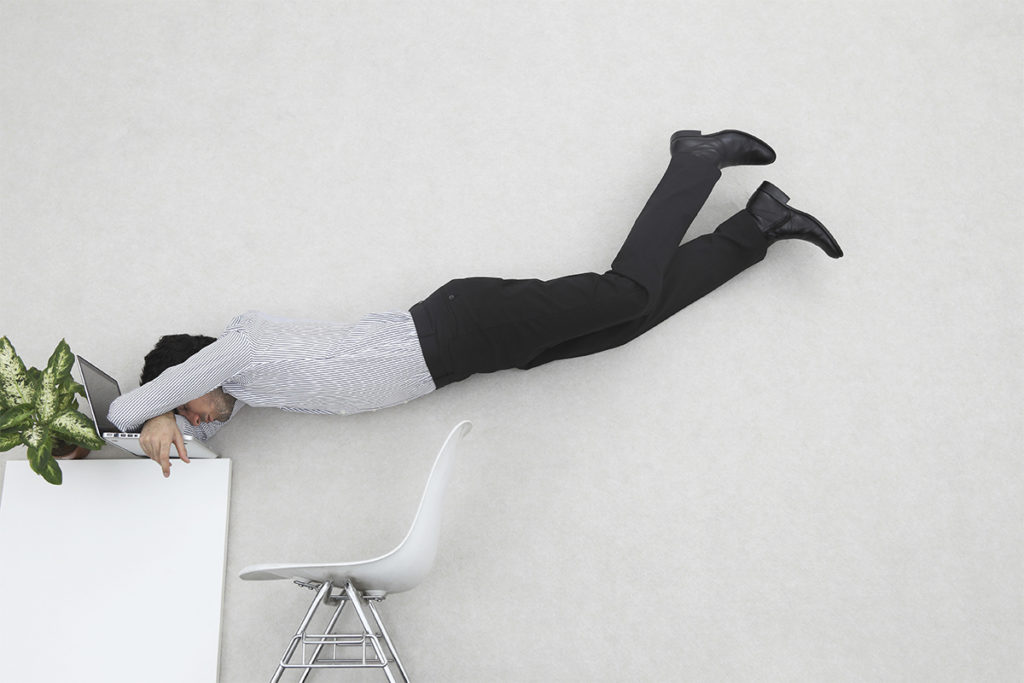Stress Management for Busy Schedules
Small Practices for Big Benefits

Stress in a Busy Season
As October winds down, many people feel the weight of competing demands. Work projects pile up, school calendars get crowded, and seasonal responsibilities from holidays to family gatherings add pressure. While a certain level of stress is normal, chronic stress can take a toll on health, increasing risks for cardiovascular disease, sleep disturbances, and weakened immunity (Schneiderman et al., 2005). The good news is that stress can be managed with small, intentional practices that fit into even the busiest schedules.
The Health Impact of Stress
Stress is more than a mental state. It affects the entire body through the release of cortisol and adrenaline. In short bursts, these hormones can sharpen focus and help people respond to challenges. Over time, however, constantly elevated stress hormones contribute to fatigue, high blood pressure, digestive issues, and lowered resistance to illness. This makes stress management not just a mental health practice but also a vital part of physical wellness.
Left unchecked, stress may also impact daily performance. Concentration suffers, decision-making slows, and patience decreases. Recognizing the early signs of stress is an important first step. Muscle tension, headaches, or irritability can all be signals that the body is asking for a reset.
Movement as a Natural Stress Reliever
Exercise remains one of the most effective tools for stress relief. Physical activity stimulates the release of endorphins, neurotransmitters that improve mood and promote a sense of calm. It also lowers cortisol, helping the body return to a more balanced state. For those with limited time, movement does not need to mean a long workout at the gym. Short “micro-workouts” of five to ten minutes can provide immediate benefits.
Examples include a brisk walk around the block, a set of bodyweight squats and push-ups, or a five-minute yoga flow. Even simple stretching at a desk can relieve muscle tension and reset posture. The goal is not perfection but consistency. Multiple mini-sessions throughout the day often have the same or greater impact than one long workout.
Mindfulness for Mental Clarity
Pairing movement with mindfulness creates compounded benefits. Deep breathing exercises, meditation, or mindful stretching help regulate the nervous system. Practices such as box breathing—inhale for four counts, hold for four, exhale for four, hold for four—can calm the mind within minutes.
Mindfulness is also about bringing attention to the present moment. Busy schedules often lead to multitasking and racing thoughts, which increase stress. Taking intentional pauses during the day, even for a few breaths, helps redirect focus and reduce tension. When mindfulness is paired with movement, the body and mind both receive the reset they need.
Building Consistency with Micro-Practices
The most effective stress management strategies are the ones that can be practiced consistently. Trying to overhaul an entire routine often adds more stress. Instead, starting with small changes builds habits that last. Examples include:
- Scheduling two five-minute movement breaks during the workday.
- Using guided meditation apps for short daily sessions.
- Taking walking meetings or phone calls.
- Practicing light stretches before bed to promote sleep.
Over time, these micro-practices create resilience. They act as buffers, preventing daily stressors from building into burnout. By reframing stress management as something accessible and sustainable, people are more likely to follow through.
The Bigger Picture of Self-Care
Stress management is not about eliminating responsibilities or avoiding challenges. It is about creating balance. When exercise, mindfulness, and small breaks are part of the routine, the body and mind become more capable of handling what life demands. Stress will always exist, but its impact can be minimized with simple, consistent strategies.
Taking just a few minutes a day to move, breathe, or stretch is an investment in long-term health. In busy seasons, those small moments matter the most.
References
Schneiderman, N., Ironson, G., & Siegel, S. D. (2005). Stress and health: Psychological, behavioral, and biological determinants. Annual Review of Clinical Psychology, 1, 607–628. https://doi.org/10.1146/annurev.clinpsy.1.102803.144141
American Psychological Association. (2023). Stress management: Enhance your well-being by reducing stress and building resilience. https://www.apa.org/topics/stress
Centers for Disease Control and Prevention. (2023). Coping with stress. https://www.cdc.gov/mentalhealth/stress-coping
Harvard Health Publishing. (2022). Relaxation techniques: Breath control helps quell errant stress response. https://www.health.harvard.edu/mind-and-mood/relaxation-techniques-breath-control-helps-quell-errant-stress-response





